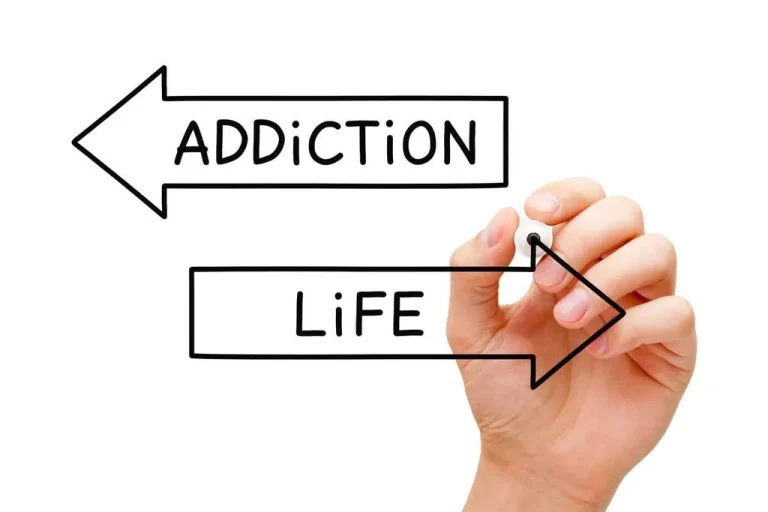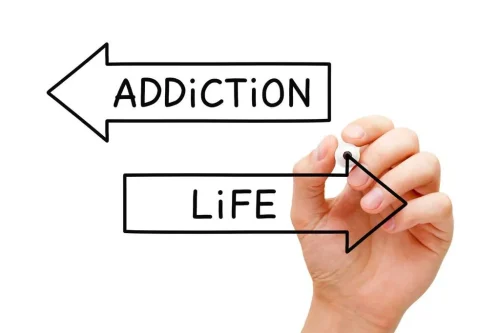
While the condition is still being studied, the impact of CHS is none-the-less debilitating. When you use what are the 3 stages of chs marijuana for many years, it can start to slowly change how the receptors in your body respond to the cannabinoid chemicals. For example, the drug affects the receptors in the esophageal sphincter, the tight band of muscle that opens and closes to let food go from your throat to your stomach. If this flap doesn’t work properly, your stomach acids might flow upward and cause you to have nausea and vomiting.

Update on the Management of Irritable Bowel Syndrome

It’s important to be honest about your marijuana use if you have symptoms of CHS. Without knowing this Drug rehabilitation background, providers often misdiagnose CHS as other conditions, like cyclic vomiting syndrome (CVS). One study found that 32.9% of self-reported frequent marijuana users who came to an emergency department for care met the criteria for CHS. With the widespread use, increased potency and legalization of marijuana in multiple states in the U.S., CHS may be becoming increasingly common. One possible treatment option involves the use of benzodiazepines, such as lorazepam, to control nausea and vomiting. Benzodiazepines are controlled substances that people must use with caution, particularly those with a history of drug use.
Practice Loving your Gut with MNGI Digestive Health
By understanding the effects of marijuana on the brain and gastrointestinal system, one can more easily understand the causes of CHS. Research is ongoing on the exact way that cannabis triggers this problem. In the meantime, the best way to relieve CHS symptoms is to stop using the drug. Cannabinoid hyperemesis syndrome (CHS) is a somewhat rare problem that involves severe bouts of vomiting. As more states make recreational use of cannabis legal, it is thought that this problem will become more common.

View Sources

The only way to end CHS symptoms is to completely stop using all marijuana products. After you quit, you may still have symptoms and side effects for a few days to a few weeks. Scientists still aren’t 100% sure what causes CHS in the body, but a general understanding is available.
The Endogenous Cannabinoids (Endocannabinoids)
- A doctor may refer you to an addiction treatment specialist to help you live life in sobriety to avoid future symptoms.
- During this phase, all the symptoms will go away, and the person will go back to the standard eating patterns.
- Unfortunately, many of these patients relapse upon resuming cannabis 6,59,61,62.
- If you have used cannabis for a long time and worry about becoming sick with CHS, be aware the only cure for this syndrome is not using pot.
- Yet, the information is not available to discern if CVS patients concurrently use cannabis to relieve emetic symptoms or if these are individuals with CHS.
People with the disorder often feel cyclic periods of nausea for months or years. But most symptoms subside in a couple days if no marijuana is used. The condition can lead to dehydration or kidney failure caused by excessive vomiting. In extreme cases, brain swelling, muscle spasms, heart rhythm abnormalities, shock or seizures can occur.
- If you have cannabinoid hyperemesis syndrome (CHS), the best treatment is to stop using weed, even if you’ve been doing it for years with no previous side effects.
- They also experience episodes of vomiting that return every few weeks or months.
- The patient may feel much better in general within a few days, usually one or two.
- Medical experts can ease distressing symptoms and expedite the recovery stage.
- However, evidence also suggests that marijuana can have a paradoxical effect on the central nervous and gastrointestinal system, with reports of long-term pot users suffering severe nausea, vomiting, and rapid dehydration.
Marijuana has a lot of active chemical compounds called cannabinoids. When you use weed, these compounds bind to cannabinoid receptors found in your brain, digestive https://ecosoberhouse.com/ tract (gut), and certain cells in your body. Tetrahydrocannabinol (THC) and cannabidiol (CBD) are the main cannabinoids in marijuana products.
By following these steps and seeking professional medical advice, individuals with CHS can manage their symptoms and work towards a full recovery. If you suspect you have CHS, it’s important to act promptly and consult with healthcare professionals to receive appropriate care. Nausea and vomiting are symptoms common to many illnesses, such as influenza, gastroesophageal reflux disease (GERD), irritable bowel syndrome, and pancreatitis. To accurately diagnose CHS, doctors may order blood, electrolyte, urine, and enzyme tests to determine if the person has an infection, is anemic, or severely dehydrated.
